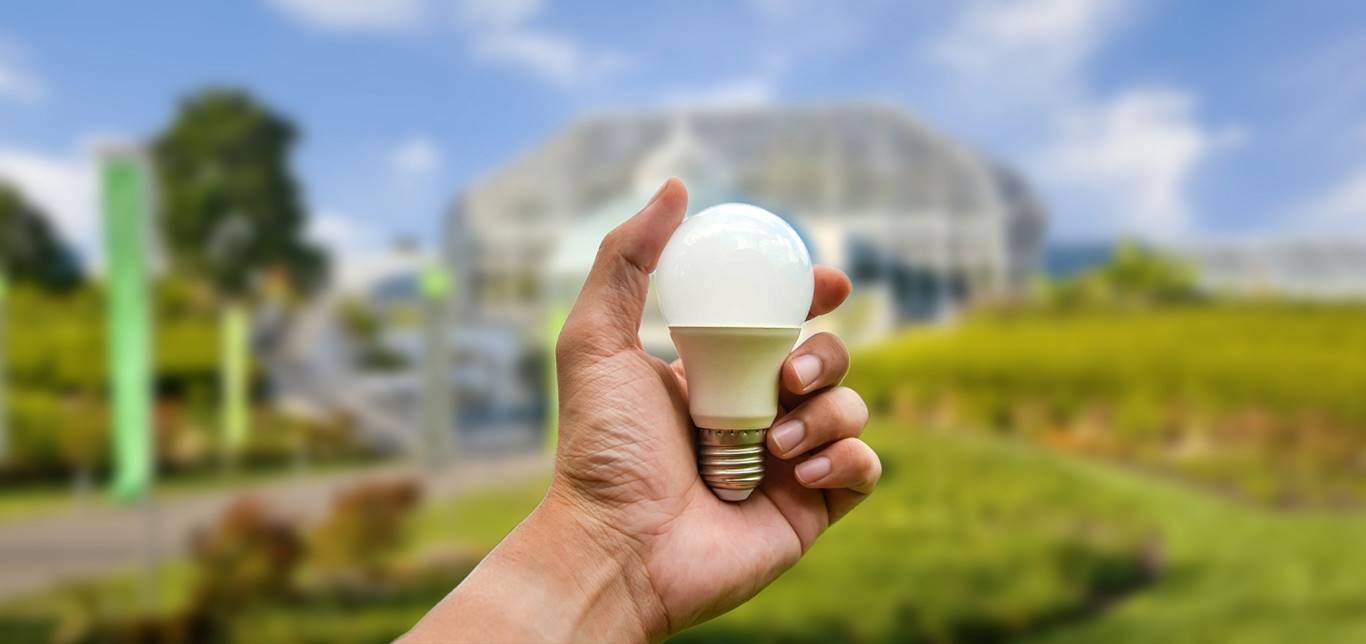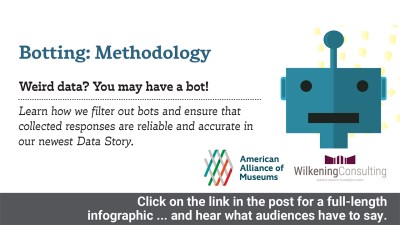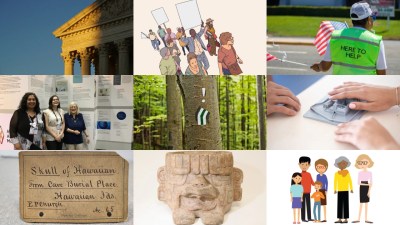
Museums can change the world, especially when they recruit their visitors to take action. When the Eastern State Penitentiary Historic Site speaks out against mass incarceration, the B.B. King Museum fights for childhood health in Mississippi, the Dallas Heritage Village becomes a “home away from home” for homeless children, they demonstrate that museums are not just amenities, they are vital partners in making the world a better place. And when museums recruit other museums to take this work to scale, we tap our capacity to fill major needs in our country and in the world. Today on the CFM Blog, Richard Piacentini, director of the Phipps Conservatory and Botanical Gardens, tells us how his organization is recruiting visitors to combat global warming, and issues a challenge to other museums to adopt and amplify this good work. Phipps is offering to share this environmentally (and financially) sustainable model…are you on board?
In December 2015, the historic Paris Agreement was signed by most countries in the world initiating meaningful efforts to address climate change. Since the election in the U.S. in November 2016, the U.S.’s commitment to that agreement has come under question. This caused many people to take to the streets, demoralized and despondent. We have seen the same reaction here at Phipps with both our staff and visitors. It made us realize that we can no longer wait for governments to solve the problem or meet the international targets. We need to change what we do and then encourage our constituents to take the responsibility to address it individually and collectively.
Ninety percent of Phipps visitors accept the reality that climate change is happening. I suspect it is similar for most other gardens and museums. We have an unprecedented opportunity to lead by example and to show people that they can change the way they live and have huge impact when they take action. Phipps did this first by getting our house in order and then by partnering with Green Mountain Energy (GME) to help our visitors. This past January, GME started renting space at Phipps to help our visitors switch their electricity provider to renewable energy. Every visitor to Phipps that switches to GME renewable energy during their visit gets a free family membership to Phipps for one year. Existing members that switch get a six-month extension of their membership.
So far the results are very encouraging. In the first month, 250 households switched their electricity. The average US home emits about 7 tons of CO2/year. 250 conversions = 1,750 tons of CO2/year. This is equal to 3,804,866 miles driving in a car, or 8.5 train cars of coal, or 21 tanker trucks worth of gasoline. That’s a pretty big impact. Now imagine what can happen over the year at Phipps and then imagine the impact if botanical gardens, museums of natural history, nature centers and many other types of museums all over the country had similar programs. The impact could be substantial.
In 24 states in the U.S., consumers can pick their electricity provider. They can choose to use renewable energy. They just need the help and motivation to do it. The Phipps program is non-partisan, voluntary, and speaks to those who believe in climate change and think something should be done about it today. It is working because we have eliminated some of the obstacles to switching. People tend to procrastinate, they say they will do it later, or think the problem is too monumental for them to make a difference and they do not have the time or resources do the research. Offering our visitors simple climate change facts that demonstrate that small actions do make a difference, providing information about the types of programs offered and incentivizing them with Phipps memberships on the spot are a win-win for everybody. And, it only takes less than 10 minutes of their time. We are selling Phipps family memberships in bulk and at a discount to Green Mountain Energy. Most people visit Phipps either as a couple or as a family. We typically allow anyone who pays admission to Phipps to count their admission fee towards a membership if they join that day. With this program there is no rebate on the admission, so if a couple joins we come pretty close to getting our full membership fee and if a family of three or more joins, it helps balance it out.
Skip over related stories to continue reading article
It is time that we start a movement in the museum world to address some of the most critical issues we face on the planet today. We are happy to share this model with anyone who wants to use it, and because we are certain that there are many other ways to get people to take action, we would like to learn about any ideas that you have too.










Thanks, Richard and all of your team for continued creative approaches. Community engagement, with some help from synergistic incentive s, is a crucial practice.